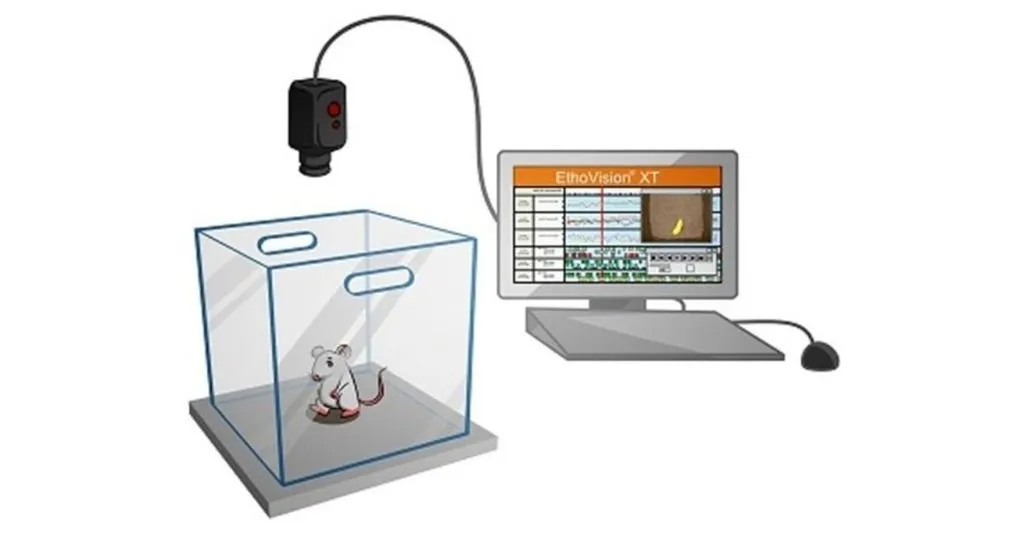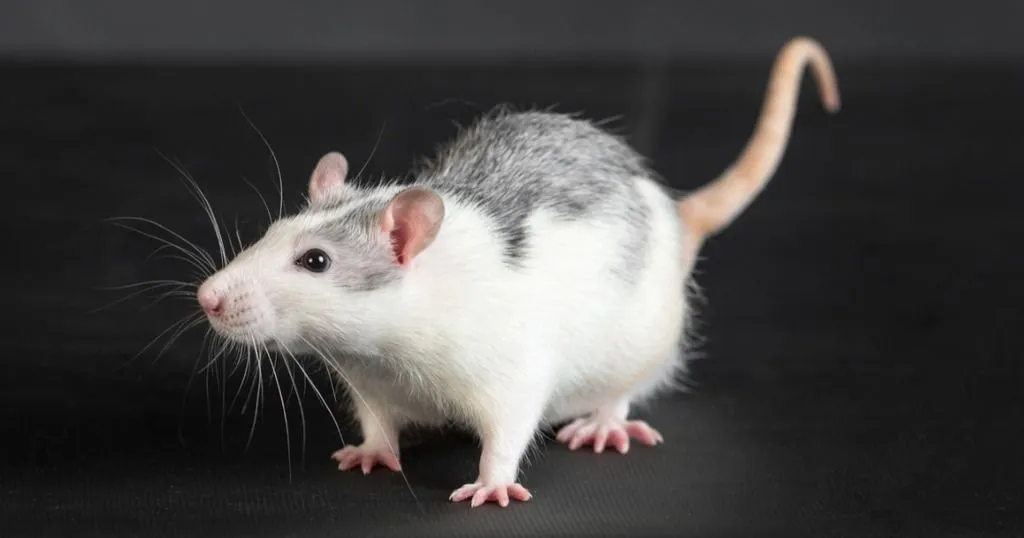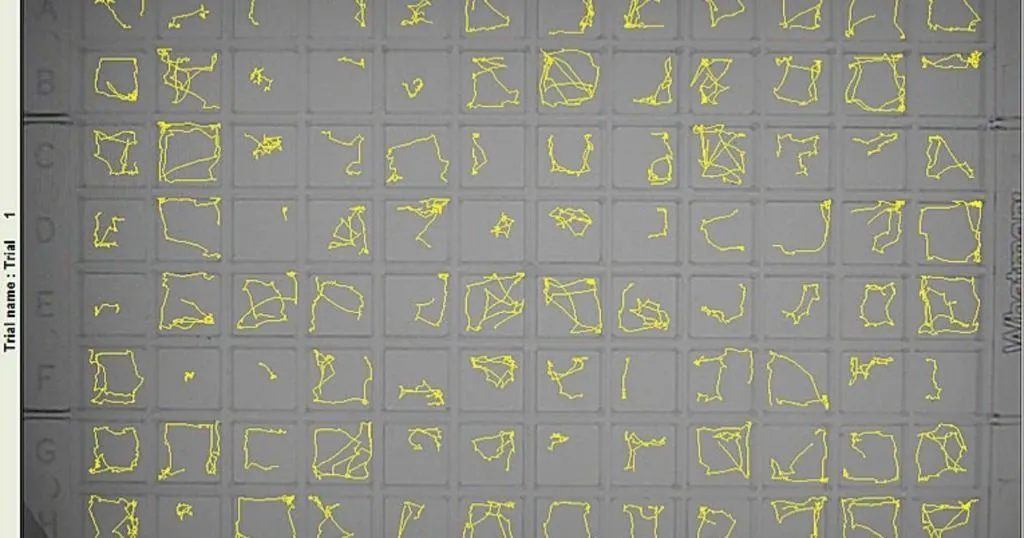EthoVision XT and the open field test
Imagine you are dropped in the center of a wide open field. Would you explore the entire area? Or hunker down around the edges, fearing predators and other unknowns?
Posted by
Published on
Fri 19 Feb. 2016
Topics
| Elevated Plus Maze | EthoVision XT | Open Field | Video Tracking |

We recently teamed up with a new partner, Maze Engineers, to extend our portfolio of video tracking solutions. They also have a great blog, and today we would like to share one of their recent posts with you. Find the original article here. Thanks, Maze Engineers, for letting us share this post with our readers!
EthoVision XT and the open field test
Imagine you are dropped in the center of a wide open field. Would you explore the entire area? Or hunker down around the edges, fearing predators and other unknowns? Your internal state probably impacts how you respond in this situation.
Researchers have long used this situational paradigm to test for anxiety-like behavior in rodents. The “open-field test” is most commonly used to test for differences in behavior in groups of animals exposed to, for example, a negative environmental stimuli, or an ameliorative drug, as compared to a control group. Common behavioral metrics for the open field test are a) distance traveled, b) time spent in center of open field, c) freezing and d) rearing (exploratory behavior in which animals stand on their hind legs).
Coding an animal’s behavior in an open-field test is labor intensive for researchers when performed manually. In the last twenty years, technologies for automatically scoring video recordings of behavior have become a great asset to researchers.
Automating scoring videos with EthoVision XT
EthoVision®XT, a video-tracking software offering from Noldus, has been used to automatically score anxiety-like behaviors in open-field tests, as well as other behavioral tests. EthoVision®XT software is able to track the center of gravity for animals being observed, and for rodents, the software is sophisticated enough to track the nose point, center point and tail points.
In addition to saving researchers time, scoring a behaviors in the open-field test automatically with EthoVision®XT ensures that no human bias or error effects the scoring. This technology has been used in thousands of publications to date.
Open Field Test – Experimental Validation with EthoVisionXT
A recent paper examined the role of plasticity and the relationship between two distinct areas of the striatum (subcortical part of the forebrain), namely the dorsolateral striatum (involved in habit formation) and dorsomedial striatum (important for goal-directed activity), on behavioral responses.
These researchers utilized EthoVision®XT to track animal behavior in the Elevated Plus Maze and the Open Field Test. It is known that the striatum is critical for motor activity, but if it alternates behavior during emotional challenges, such as fearful situations, is an open question.
The goal of the paper was to examine whether disrupting brain plasticity in these two areas on affected motor behavior under anxious conditions. In this paper, the authors assume that being in the open arms of the Elevated Plus Maze or the center zone of the Open Field Test, is sufficient to induce “anxiousness” in mice. Plasticity in the striatum was disrupted chemically, via injection, by inhibiting the dynamics of a receptor important to the plasticity process (AMPAR).
A key finding of the paper was a decrease in mobility in the center area during the Open Field Test in treated animals injected in the dorsomedial striatum, as compared to control animals; the finding did not hold for animals given an injection in dorsolateral striatum. This suggests that motor responses to anxiety may be controlled by the areas of the brain involved in goal-directed activity rather than habit formation.
The analysis of behavior performed by this group was facilitated, and validated, by the automated tracking and analysis of the open-field test with EthoVision®XT, which saves researchers time, and helps improve reproducibility.
EthoVision®XT has been utilized in a number of other studies as well, for purposes as distinct as testing a new mechanism for modeling Parkinson’s Disease, to examining the effects of radiation exposure on behavior and memory, to exploring the impact of a mother’s lifetime experience on the spatial abilities of her pups.
References
- Lee, Y, et al. (2014). Neuroscience Letters. PMID: 25459286. http://www.ncbi.nlm.nih.gov/pubmed/25459286
- Van Der Perren A, et al. (2015). Neurobiology of Aging. PMID: 25599874. http://www.ncbi.nlm.nih.gov/pubmed/25599874
- Heredia L, et al. (2015). Toxicology. PMID: 25602925. http://www.ncbi.nlm.nih.gov/pubmed/25602925
- Cutulini D, et al (2015). Frontiers Behavioral Neuroscience. PMID: 25814946. http://www.ncbi.nlm.nih.gov/pubmed/25814946
- This article is re-posted from https://mazeengineers.com/maze-basics-ethovision-the-open-field-test/.
Related Posts

How Automatic Rat Behavior Recognition was developed

The ultimate list of neuroscience lab software tools

